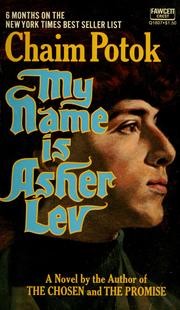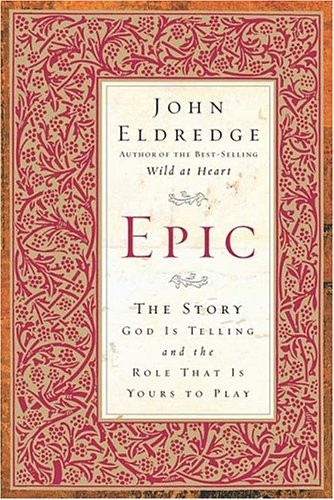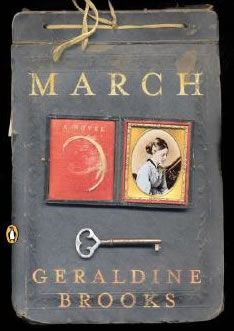My Name is Asher Lev
 I’m not sure when I last read Chaim Potok’s My Name is Asher Lev. It is filed under “all time favorites” in my internal library. Thinking it might be an interesting read for one of my children with an artistic talent, I decided to reread it along with her so that we could talk about it.
I’m not sure when I last read Chaim Potok’s My Name is Asher Lev. It is filed under “all time favorites” in my internal library. Thinking it might be an interesting read for one of my children with an artistic talent, I decided to reread it along with her so that we could talk about it.
It didn’t captivate her, and I released her. But I kept reading myself, and the journey is different this time than I remember. Once again, I realize what a subjective and mysterious process interacting with books really is. Set in a Hasidic Jewish community in Brooklyn during the 1950’s-60’s, the story explores a question: what happens when your family and culture are in conflict with your driving gift?
This is Asher Lev’s dilemma. An artistic genius from the moment we meet him as a child narrator, Asher seems to be a plant growing in wildly unsuitable soil. In the past, I think I read with uncomplicated sympathy for Asher, and there was certainly reason. This time, reading the story as a parent, I was struck by the tense dynamics of Asher’s family. His father is a dedicated missionary of sorts, traveling the world to build Ladover communities and schools even in the most persecuted areas. He is forceful and dogmatic, condemning Asher’s art, explaining, “If you were a genius in mathematics, I would understand. If you were a genius in writing, I would also understand. If you were a genius in Gemorra, I would certainly understand. But a genius in drawing is foolishness, and I will not let it interfere with our lives. Do you understand me, Asher?”
His mother, on the other hand, is a frail, intuitive, often childlike figure. For a lengthy period after her brother is killed in a car accident, she takes to her bed and suffers an almost irreversible bout of depression when Asher is very young. He explains early on that she seems more like a sister than a mother, and even after she recovers, she often confesses to Asher that she doesn’t know what to do with him. So she buys him art supplies and brings home art books, passively encouraging Asher’s passion, but it seems mainly in order to manage him. She doesn’t want him to steal oils and brushes, so she buys them as gifts. She doesn’t feel she has the will or strength to forbid, and perhaps in her mother’s heart she knows Asher has an amazing talent that should be encouraged. But she is a perpetually divided character who seeks to please both her son and her husband. This becomes the central theme of Asher’s most sensational painting, about which he tells us in the first paragraph: “My name is Asher Lev, the Asher Lev, about whom you have read in newspapers and magazines, about whom you talk so much at your dinner affairs and cocktail parties, the notorious and legendary Lev of the Brooklyn Crucifixion.”
Yes. Crucifixion. Asher paints one, to the revulsion of his community and the particular offense of his family. After a long and difficult development in which the Rebbe, leader of the Levs’ Ladover community, even invites a famous non-observant Jewish artist to teach him in an act of grace and compassion that overrules his father’s hatred of art and artists, Asher chooses this most objectionable aesthetic mold to capture his feelings about the division in his own family. “I knew there would be no other way to do it,” he explains, “No one says you have to paint ultimate anguish and torment. But if you are driven to paint it, you have no other way.”
Several things stood out to me in this reading. One was the intellectual stimulation of Asher’s home and community, but the absolute void of basic emotional connection within his family. His father is a tremendous intellectual force; his mother studies and earns a PhD in Russian affairs; great emphasis is placed on learning Jewish tradition. But no one ever hugs the young Asher. No one extends encouragement or tenderness even during the time of his mother’s absence in grief, though they frequently scold him. And although some members of the community extend kindness to Asher — notably the Rebbe, the mashpia of the school, and Yudel Krinsky, a storekeeper newly arrived in Brooklyn from Siberia through the labors of Asher’s father — his own family seems devoid of all but the most otherworldly emotion. Once in awhile, we see his father transported joyfully while singing Shabbos songs. But for the most part only grief or anger are expressed directly. Asher’s family is a brooding, disconnected world. It’s no wonder he often wakes in the night feeling alone and afraid of the dark.
But I also found myself frustrated with Asher this time. Potok makes Asher the mouthpiece of a romantic view of art in which the artist is a helpless victim of the force of inspiration. He can’t help his drawing. He can’t help drawing on his wall or his school books. He loses track of time and comes home hours late to a panicked mother who had no idea he’d gone to the museum. Ultimately, he can’t help sacrificing his family to his art. This is the final question the book left me with: is Asher’s crucifixion painting, into which he paints both parents, an artistic culmination? It appears, after all, amid general agreement among the artists that Asher is now a master.
Or is the painting not culmination, but an act of cruelty, or perhaps even revenge, toward his parents? It depends on whether there is an artistic ethic. Truth, according to Asher’s teacher Jacob Kahn, is the supreme artistic value. “One must not paint everything one feels,” he explains to Asher. “But once you decide to paint something, you must paint the truth or you will paint green rot.” Perhaps that qualifier about not painting everything would have saved Asher. A portrait more deeply objectionable to his family could hardly be imagined. A part of me wanted to grab Asher and give him a good shake. What is he thinking? How could he do this? How could he?
When I have read Chaim Potok’s books, there has always been a part of me that wished I had a community like the ones he depicts — a community in which faith and life are shared fully. I didn’t feel that way this time. There is so much anger and missed connection in the story that I felt an unrelenting sense of difficulty and heaviness in the reading. But it is a great book for the strong, sometimes conflicting responses it inspires, including to its protagonist: a yearning for the young Asher to be treated more gently and lovingly, and a great frustration with the mature Asher for throwing away all hope for connection just at the moment it is within reach. Somehow, Potok enables us to see and feel from all perspectives — from the child in need of love to the mother yearning for peace to the father so quick to pronounce “foolishness.” What he doesn’t do is provide us with all the answers.




2 Comments
Jeane
Excellent review. This is one of my favorites as well. I love this book. I haven’t read it in over a decade though, and wonder what my next impression of it will be. I don’t think I could describe it any better than you have.
Have you read Davita’s Harp?
Janet
Yes! I have a review of it here, and I revisited it today to remember my impressions. I loved it but have forgotten much of the plot…